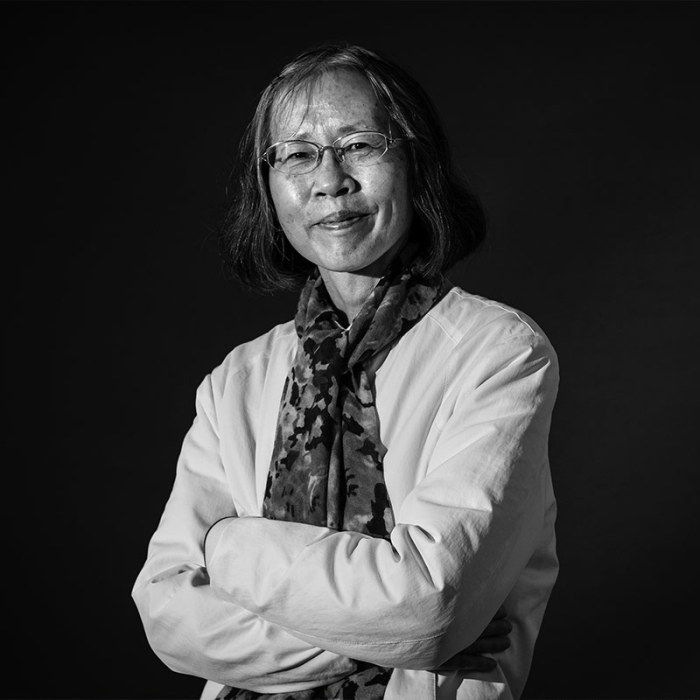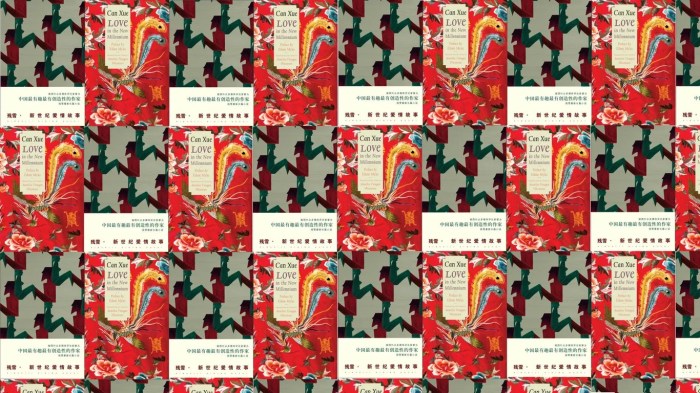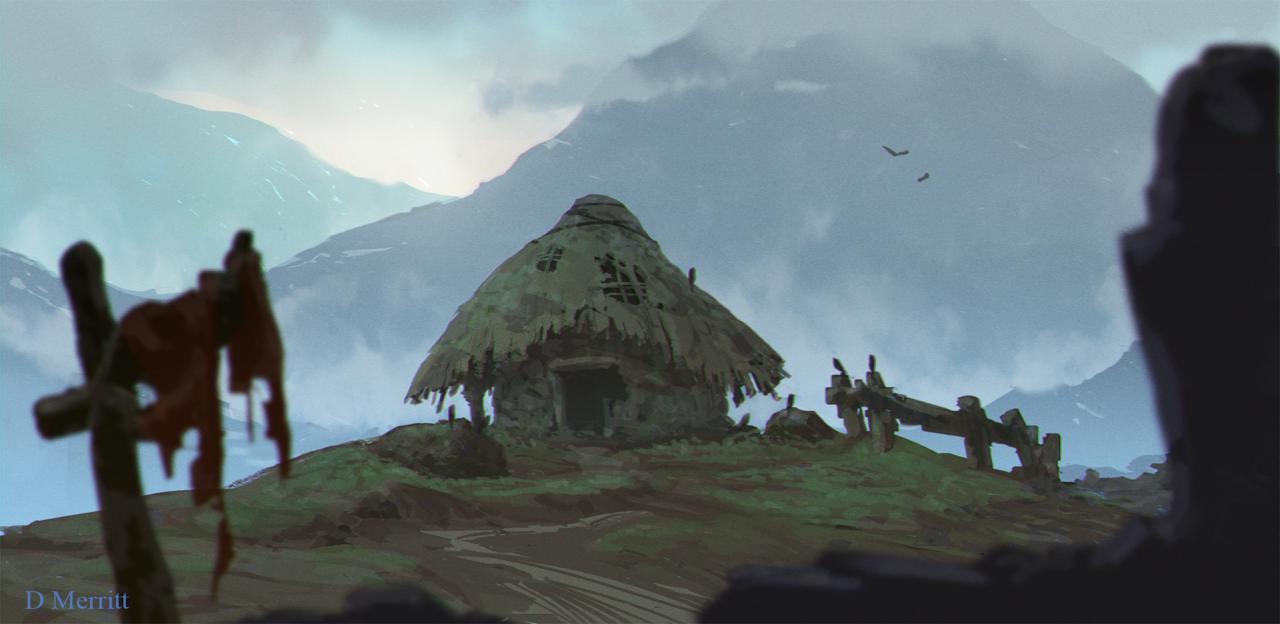Can Xue Hut on the Mountain, a captivating literary masterpiece, takes us on an introspective journey that delves into the depths of human nature, isolation, and the relentless pursuit of meaning. With its unconventional narrative style and profound symbolism, this novel has left an indelible mark on Chinese literature, challenging conventional storytelling and offering a thought-provoking examination of the human condition.
As we delve into the pages of Can Xue Hut on the Mountain, we are confronted with a world that is both familiar and utterly disorienting, a reflection of the tumultuous social and political landscape of China during the Cultural Revolution.
Through its fragmented narrative and enigmatic characters, the novel captures the disillusionment and alienation that permeated Chinese society during this tumultuous period.
Literary Significance

Can Xue Hut on the Mountainis a groundbreaking novel that has left an indelible mark on Chinese literature. Its enigmatic narrative style and exploration of profound themes have made it a seminal work of contemporary Chinese fiction.
Symbolism and Cultural Impact, Can xue hut on the mountain
The novel’s title is a metaphor for the isolated and alienated existence of the protagonist, Miss You. The “hut” represents her physical and emotional isolation, while the “mountain” symbolizes the obstacles she faces in her search for meaning.
Narrative Style
Can Xue’s unique narrative style is characterized by its fragmented and dreamlike quality. She employs stream-of-consciousness techniques, multiple perspectives, and shifting time frames to create a disorienting and unsettling atmosphere.
Themes
- Isolation:Miss You is a profoundly isolated figure, both physically and emotionally. She struggles to connect with others and feels a deep sense of alienation from the world around her.
- Alienation:The novel explores the alienation experienced by individuals in a rapidly changing society. Miss You feels like an outsider in her own country and struggles to find a sense of belonging.
- Search for Meaning:Despite her isolation and alienation, Miss You continues to search for meaning in her life. She explores different philosophies and spiritual practices, but ultimately finds no easy answers.
Historical Context

Can Xue Hut on the Mountain was written during the tumultuous era of the Cultural Revolution in China. This period of political upheaval and social chaos had a profound impact on Chinese society, and its effects are deeply reflected in the novel.
The Cultural Revolution was a decade-long political campaign launched by Mao Zedong in 1966. Its stated goal was to purge Chinese society of “revisionist” elements and to promote a return to Maoist orthodoxy. However, the campaign quickly descended into chaos, as Red Guards and other radical groups unleashed a wave of violence and persecution against anyone perceived as an enemy of the revolution.
Disillusionment and Alienation
The Cultural Revolution had a devastating impact on Chinese intellectuals. Many were subjected to public humiliation, torture, and imprisonment. The novel captures the disillusionment and alienation experienced by these intellectuals during this period. The protagonist, Xiao, is a young woman who is sent to a labor camp during the Cultural Revolution.
There, she witnesses the brutality of the regime and the destruction of her own ideals.
Character Analysis

The characters in “Can Xue Hut on the Mountain” are complex and multifaceted, representing different aspects of the human condition and the struggles faced by individuals in a rapidly changing society. Their motivations, relationships, and psychological states are intricately intertwined, revealing the complexities of human nature.
Protagonist
The protagonist of the novel, a young woman named Xiao Mao, is a complex and enigmatic figure. She is both drawn to and repelled by the allure of modern life, and her inner turmoil is reflected in her relationships with others.
Xiao Mao’s journey represents the struggles faced by many individuals in a society undergoing rapid transformation.
Antagonist
The antagonist, a man named Wang, represents the forces of tradition and conformity that are threatened by the changes taking place in society. His relationship with Xiao Mao is marked by both attraction and conflict, as he attempts to control her and prevent her from embracing the new world.
Supporting Characters
The supporting characters in the novel, including Xiao Mao’s mother and grandmother, provide additional insights into the complex social and cultural forces at play. Their experiences and perspectives highlight the challenges and opportunities faced by different generations in a changing world.
Can Xue’s hut on the mountain, perched precariously on the edge of a precipice, evokes a sense of both isolation and danger. Like a lioness on a cheese grater , it seems both vulnerable and defiant, a testament to the resilience of the human spirit in the face of adversity.
And yet, despite its precarious position, Can Xue’s hut remains a beacon of hope, a reminder that even in the most difficult of times, beauty and creativity can flourish.
Narrative Structure and Techniques

“Can Xue Hut on the Mountain” defies traditional narrative structures, employing unconventional techniques to mirror the protagonist’s fragmented experiences. The novel’s non-linear form jumps between time periods and perspectives, creating a disorienting and surreal atmosphere.
Stream-of-Consciousness
The novel is largely narrated through the stream-of-consciousness of the protagonist, allowing readers to experience her unfiltered thoughts and emotions. This technique reveals her fragmented and often incoherent mental state, blurring the lines between reality and imagination.
Flashbacks and Dream Sequences
Can Xue incorporates flashbacks and dream sequences to further disrupt the narrative flow. These sequences provide glimpses into the protagonist’s past and subconscious, adding depth and complexity to her character. They also create a sense of disorientation and uncertainty, leaving readers questioning the reliability of the protagonist’s experiences.
Surrealism and Symbolism
The novel’s fragmented narrative is complemented by surreal imagery and symbolism. Objects and events take on multiple meanings, often defying logical explanation. This creates a disorienting atmosphere that reflects the protagonist’s distorted perceptions of reality.
Themes and Symbolism: Can Xue Hut On The Mountain

Can Xue Hut on the Mountain explores profound themes that resonate with the human experience. Isolation, alienation, and the search for identity are central to the novel, reflecting the protagonist’s inner struggles and the broader social and political landscape.
Isolation
The novel vividly portrays the protagonist’s sense of isolation, both physical and emotional. The setting of the hut on a remote mountaintop symbolizes her physical separation from society. Her limited interactions with others and the absence of meaningful connections further highlight her isolation.
Emotionally, the protagonist feels disconnected from her surroundings and from her own self. Her inability to communicate effectively and her difficulty in forming genuine relationships underscore her alienation.
Alienation
Alienation permeates the novel, reflecting the protagonist’s estrangement from her community and from herself. The villagers’ suspicion and fear of her difference alienate her from society. Internally, she struggles with self-doubt and a lack of self-understanding, further contributing to her alienation.
Search for Identity
Throughout the novel, the protagonist grapples with her identity. The loss of her memory and the fragmented nature of her recollections create a sense of uncertainty and confusion about who she is. Her interactions with others and her exploration of the mountain and its surroundings become a means of searching for self-discovery and understanding.
Commonly Asked Questions
What is the significance of the setting in Can Xue Hut on the Mountain?
The novel’s setting, a remote mountain hut, serves as a microcosm of the protagonist’s inner world, reflecting her isolation and alienation from society.
How does the narrative structure contribute to the novel’s themes?
The fragmented and non-linear narrative structure mirrors the protagonist’s fragmented memories and disoriented state of mind, emphasizing the novel’s exploration of isolation and the search for identity.
What is the role of symbolism in Can Xue Hut on the Mountain?
Symbolism is extensively used throughout the novel, with objects, colors, and characters representing abstract concepts and emotions, adding depth and complexity to the novel’s themes.
